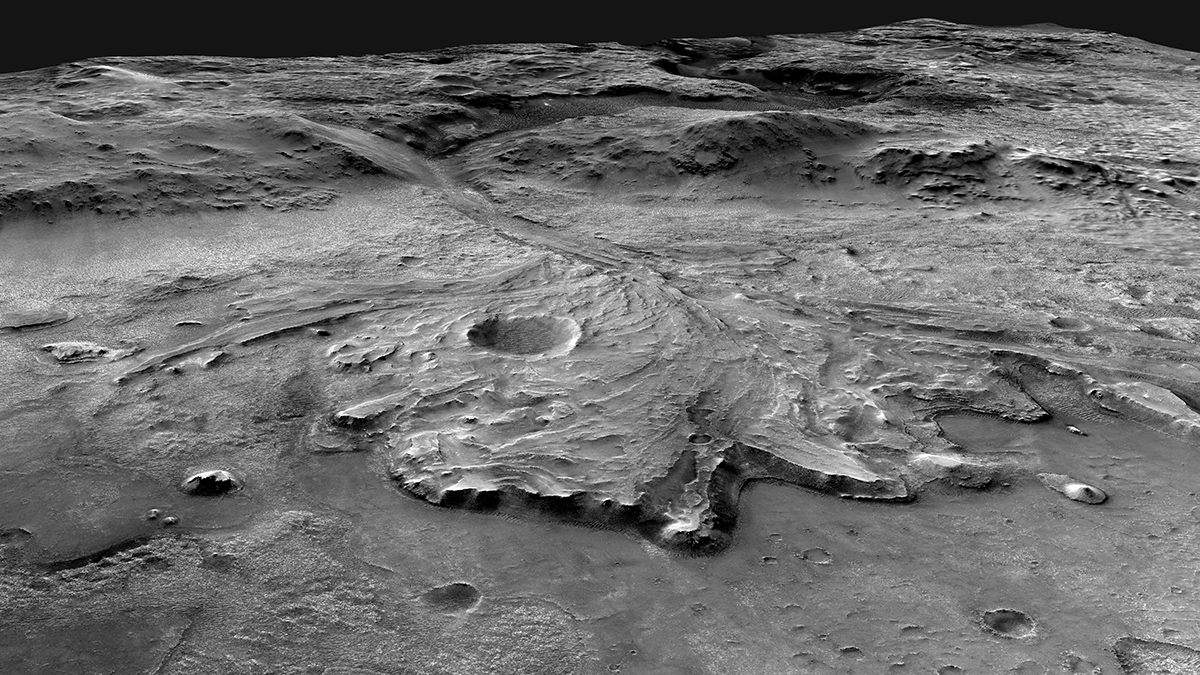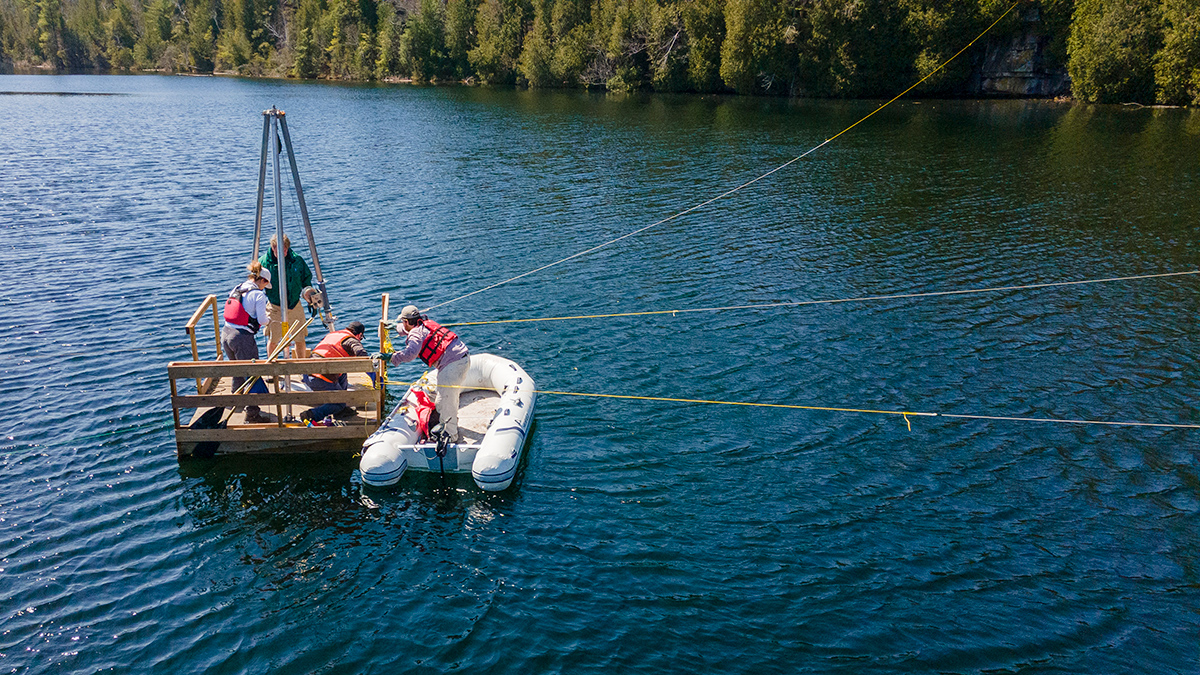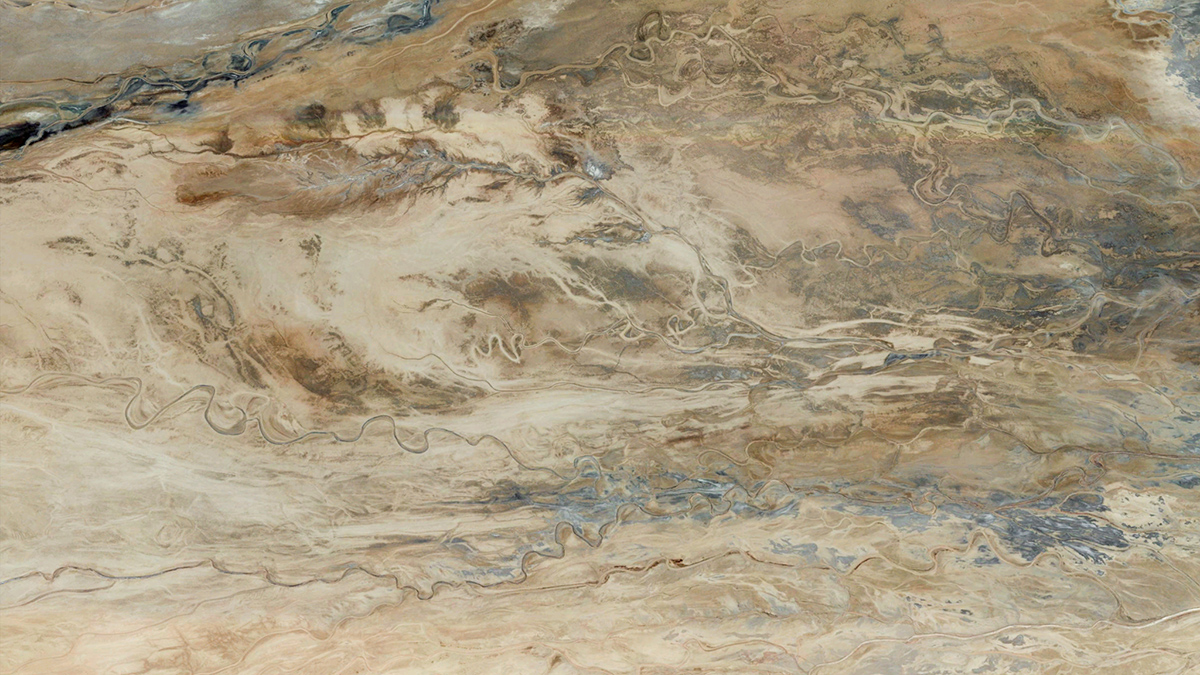A team of researchers is making the iconic rock outcrops of Svalbard available to the world through an open-source database of virtual geological models.
geology
Optimizing Carbonate Classification on Mars
Combining data from several of the Perseverance rover’s spectroscopic sensors offers a more accurate means to classify carbonate minerals that may hold hints of ancient life.
Mars Has Far Fewer Minerals Than Earth Does
The development of plate tectonics and life on Earth provided avenues for mineral evolution that did not occur on Mars, resulting in relatively limited mineral diversity on the Red Planet.
Where the Ground Gives Way
Sinkholes are a significant hazard, but where are they most likely to happen? A new study identifies hot spots in the contiguous United States.
Underground Heat Could Be a Problem, or a Perk, for Chicago Buildings
Heat released by old and inefficient Chicago buildings could, if harnessed, be an energy solution.
A Lake Paves the Way for Defining the Anthropocene
Scientists recently voted to designate Crawford Lake, a small body of water in southern Canada, as the reference site of the “Age of Man.”
Talc May Make Mexico’s Subduction Zone More Slippery
Production of the weak, water-bearing mineral at the interface between the Cocos and North American Plates could contribute to the occurrence of poorly understood episodic tremor and slow slip.
Mud Could Have Made Meandering Rivers Long Before Plants Arrived
New evidence from 1.2-billion-year-old rocks suggests that single, sinuous channels could have formed in muddy floodplain sediments without the stabilizing help of vegetation.
Eiko Kitao: Fossil Hunter and Passionate Educator
From uncovering giant ground sloths to helping build a fossil database, Kitao goes above and beyond as a laboratory technician at Santa Barbara City College.
Comunicación de la ciencia que va más allá de las palabras
Estudiantes de posgrado en ciencias de la Tierra y estudiantes de ilustración científica de licenciatura se unieron para crear visualizaciones accesibles y atractivas de la investigación que trascienden las limitaciones del uso exclusivo del lenguaje.










